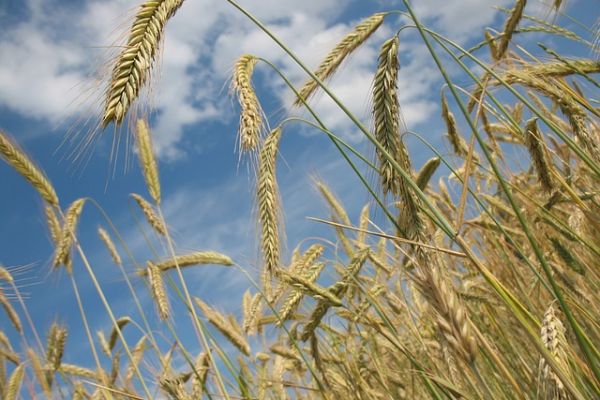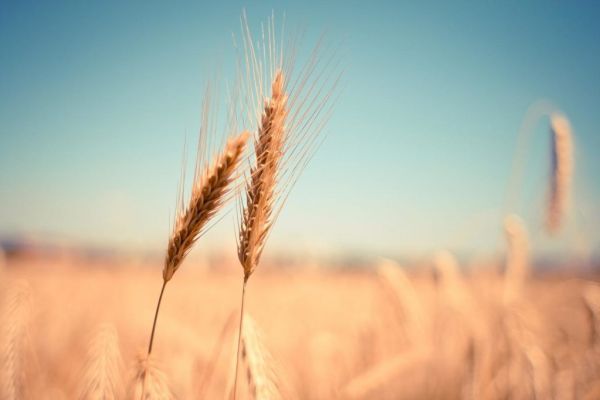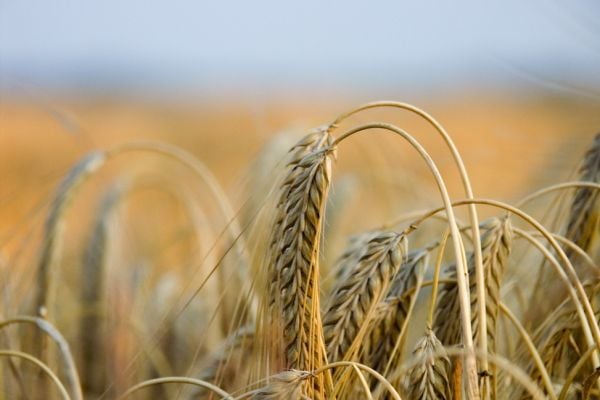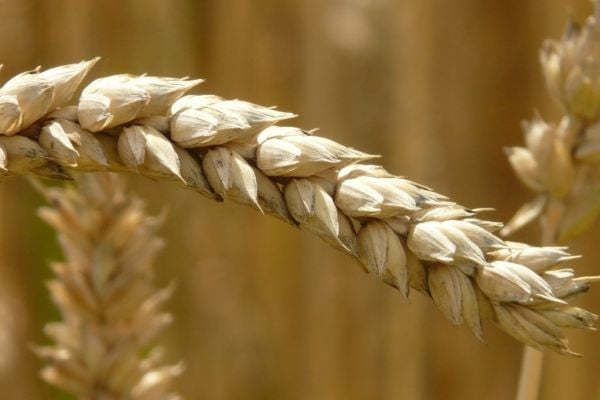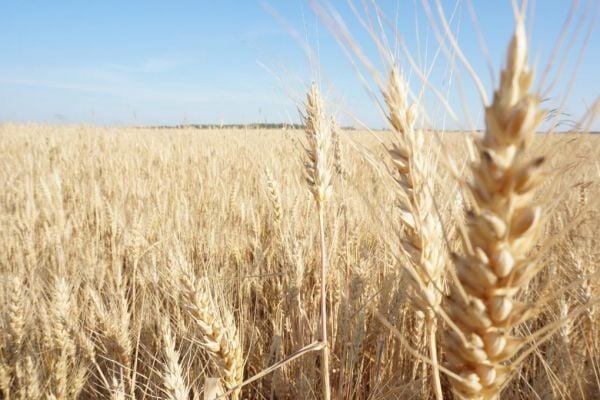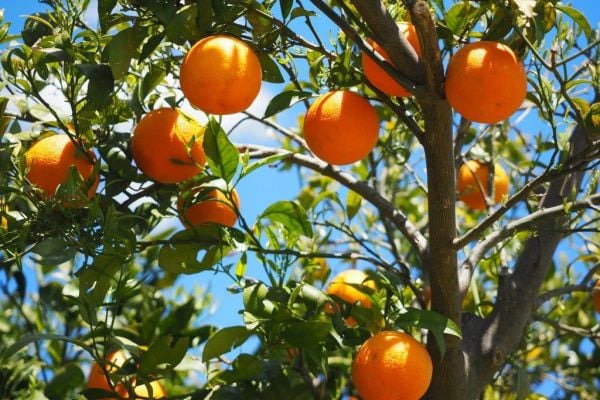The United Nations food agency's world price index fell for a fifth month in a row in August, further from all-time highs hit earlier this year, as a resumption of grain exports from Ukrainian ports contributed to improved supply prospects.
The Food and Agriculture Organisation (FAO) said on Friday that its price index, which tracks the most globally traded food commodities, averaged 138.0 points last month versus a revised 140.7 for July.
The July figure was previously put at 140.9.
The index has fallen from a record of 159.7 in March, hit after Russia's invasion of Ukraine. The August reading was, however, 7.9% higher than a year earlier.
Price Indices
FAO's cereal price index fell 1.4% month-on-month in August, with the re-opening of Ukrainian Black Sea ports under a diplomatic deal as well as favourable wheat harvest prospects in North America and Russia weighing on prices, the agency said.
But the maize price index rose 1.5% last month as hot, dry weather reduced the outlook for production in Europe and the United States, it said.
The vegetable oil, sugar, dairy and meat price indices all fell, partly reflecting improved supplies.
In separate cereal supply and demand estimates, FAO lowered its forecast for global cereal production in 2022 to 2.774 billion tonnes from a previous projection of 2.792 billion in early July.
That is 1.4% below estimated output for 2021.
Outlook
The cut to its prediction for 2022 cereal production was due to the weather-reduced corn prospects in the northern hemisphere, with European Union yields notably seen falling 16% below their five-year average, FAO said.
World cereal use in 2022/23 is expected to surpass production at 2.792 million tonnes, leading to a projected 2.1% fall in global stocks compared with 2021/22 to 845 million tonnes.
That would represent a stocks-to-use ratio of 29.5%, down from 30.9% in 2021/22 but still relatively high historically, FAO said.
News by Reuters, edited by ESM – your source for the latest supply chain news. Click subscribe to sign up to ESM: European Supermarket Magazine
